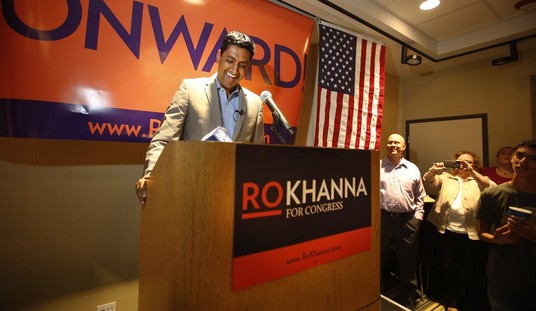Although the jobless rate remained the same in October 2010 at 9.6% as the previous month, the private sector added 159,000 jobs in the best month for the US since March. Other indicators in the Labor report were not as encouraging, however:
The number of unemployed persons, at 14.8 million, was little changed in October. The unemployment rate remained at 9.6 percent and has been essentially unchanged since May. (See table A-1.)
Among the major worker groups, the unemployment rate for adult men (9.7 percent), adult women (8.1 percent), teenagers (27.1 percent), whites (8.8 percent), blacks (15.7 percent), and Hispanics (12.6 percent) showed little change in October. The jobless rate for Asians was 7.1 percent, not seasonally adjusted. (See tables A-1, A-2, and A-3.)
The number of long-term unemployed (those jobless for 27 weeks and over) was about unchanged over the month at 6.2 million. In October, 41.8 percent of unemployed persons had been jobless for 27 weeks or more. (See table A-12.)
Both the civilian labor force participation rate, at 64.5 percent, and the employment-population ratio, at 58.3 percent, edged down over the
month. (See table A-1.)The number of persons employed part time for economic reasons (sometimes referred to as involuntary part-time workers) fell by 318,000
over the month to 9.2 million, partially offsetting large increases in the prior 2 months. These individuals were working part time because
their hours had been cut back or because they were unable to find a full-time job. (See table A-8.)About 2.6 million persons were marginally attached to the labor force in October, up from 2.4 million a year earlier. (The data are not seasonally adjusted.) These individuals were not in the labor force, wanted and were available for work, and had looked for a job sometime in the prior 12 months. They were not counted as unemployed because they had not searched for work in the 4 weeks preceding the survey. (See table A-16.)
Among the marginally attached, there were 1.2 million discouraged workers in October, an increase of 411,000 from a year earlier. (The data are not seasonally adjusted.) Discouraged workers are persons not currently looking for work because they believe no jobs are available for them. The remaining 1.4 million persons marginally attached to the labor force had not searched for work in the 4 weeks preceding the survey for reasons such as school attendance or family responsibilities. (See table A-16.)
The concern remains for the participation rate and employment-population ratio, still near lows. The US adds around 100,000 working-age adults to the population each month. In order to just keep pace, the economy has to add 100,000 jobs a month. This is only the second time this year where job growth exceeded population growth, and only by 59,000. At that pace, it will take over four years to make up the jobs lost since Obama became President.
Still, this is a step in the right direction, if the success can be repeated and expanded.
Update: I think we can forgive Reuters for its surprise this time:
U.S. employment increased more than expected last month as private companies hired workers at the fastest pace since April, offering more signs of an up-tick in a sluggish economy.
Nonfarm payrolls increased 151,000 in October, the first increase since May, as a 159,000 jump in private employment more than offset a 8,000 drop in government payrolls, the Labor Department said on Friday. In addition, the government revised payrolls for August and September to show 110,000 fewer jobs lost.
Economists had expected payrolls to increase 60,000 last month, with private employment rising 75,000.
Also worth noting: Reuters puts the floor for growth at +125,000, not +100,000. With that calculation, it would take almost 8 years to make up the jobs lost at a net 34K growth per month.







Join the conversation as a VIP Member